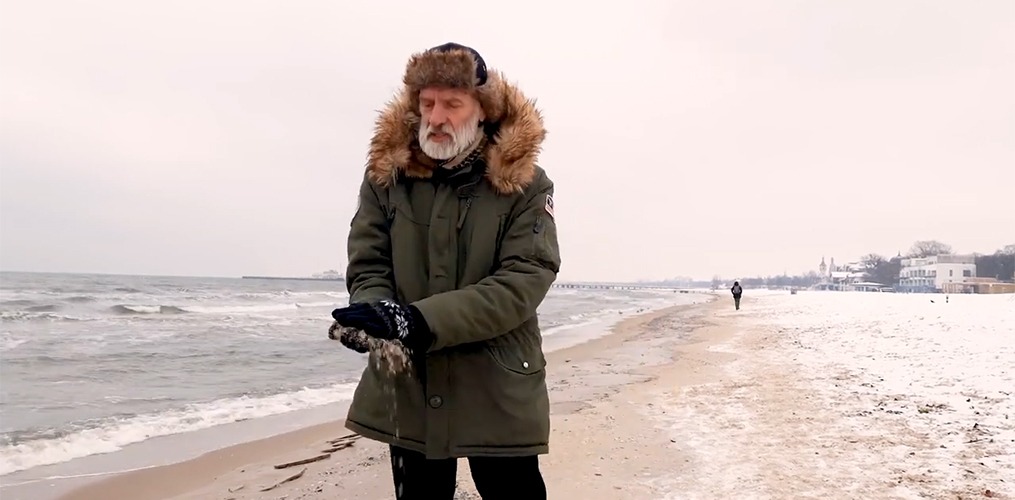
Scale is a key ingredient when assessing and studying biodiversity: this is the video’s key message just released by the MARBEFES project, focusing on the Baltic Sea Broad Belt Transect (BBT). The video is the first “Meet the BBTs”video series that will be released to explore current challenges faced by biodiversity in Europe.
MARBEFES, the EU project in which LifeWatch ERIC is a partner, aims to identify the connections between marine biodiversity, ecosystem functioning, ecosystem services, and the resulting societal goods and benefits within coastal communities. The BBTs are the backbone of the MARBEFES research project, which aims to broaden our knowledge and understanding of biodiversity across Europe and beyond. This will help researchers gain a deeper insight into the changes occurring in our environment.
The video series serves as an initiative to heighten awareness about the critical significance of biodiversity in marine environments.
In this episode, MARBEFES took a deep dive into the Gulf of Gdańsk (Zatoka Gdańska), coastal inlet of the Baltic Sea, in Northern Poland. These shallow waters are home to diverse species of fish, birds, and marine mammals, including the iconic grey seal. Unfortunately, the Gulf of Gdańsk is currently experiencing many pressures which are leading to habitat degradation and biodiversity loss: pollution (plastic, nutrients and various chemicals), intense shipping, large-scale tourism, increasing urbanisation, coastal erosion, are all putting at risk this key and fragile habitat, and climate change is also taking its toll on the area.
The Institute of Oceanology of the Polish Academy of Sciences (IO PAN) is responsible for data collection and analysis in the Gulf of Gdańsk BBT. Thanks to the activities developed within MARBEFES project, researchers can determine which actions need to be taken to protect this key area. The video, narrated by Jan Marcin Węsławski, marine ecologist at The Institute of Oceanology of the Polish Academy of Sciences (IO PAN), highlights the significance of studying biodiversity at various levels. At the smallest scale, microorganisms inhabit the beach sand. For these organisms, a one-square metre sample of the seabed in Sopot is adequate to represent the diversity of microorganisms across the Baltic region. At a medium scale, macrofauna, such as crustaceans and molluscs, are a few centimetres in size. In this case, samples from a much larger region spanning several square kilometres are necessary to accurately represent the diversity of these species in a specific area. Things change again at the largest scale, with megafauna and top predators – large fish, seabirds, and sea mammals. These creatures are highly mobile and exist in low densities, necessitating the exploration of the whole region to capture the biodiversity at this scale accurately.
When studying our planet’s biodiversity, it’s crucial to observe the species-area curve for each organism scale separately. This curve shows the relationship between the area of a habitat and the number of species found within that area. It’s a vital tool for understanding and protecting biodiversity. MARBEFES addresses this and focuses on subtropical to subarctic regions to ensure a comprehensive understanding of biodiversity across the European domain.
To learn more about MARBEFES and to watch the video, please visit this page: https://marbefes.eu/article/discover-bbt-region-within-our-project-1-out-of-4-movies-3-steps-into-the-sea-baltic-bbt